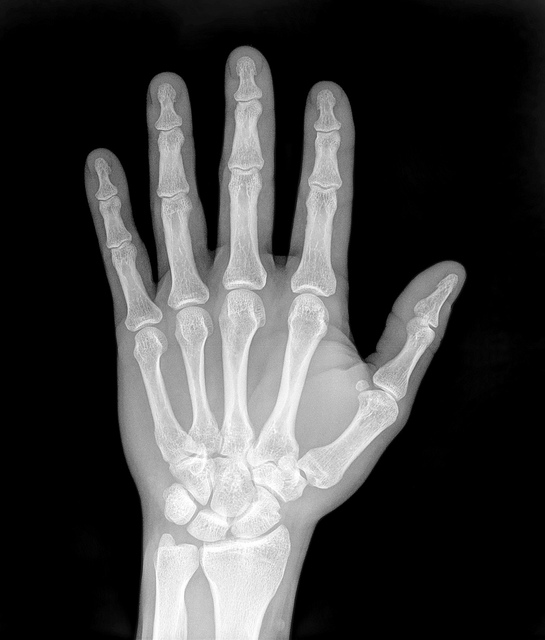 Heather MacNeill is a doctor, but she’s also a teacher. And her classes are using an innovative way to help solve some of the toughest diseases doctors every need to face.
Heather MacNeill is a doctor, but she’s also a teacher. And her classes are using an innovative way to help solve some of the toughest diseases doctors every need to face.
MacNeill, a professor of Physiatry in the Department of Medicine at U of T, currently helms the Collaborative Online Interprofessional Learning (COIL) Program at Bridgepoint Hospital.
The program works via collaborative online learning. MacNeill brings together different kinds of health professionals—nurses, occupational therapists, social workers, and more—on a web platform to work with each other remotely. This is in contrast with the standard online learning setup of a series of videos, or interactive workshops.
“People associate online learning with modular things,” MacNeill says. “You learn, then you go away. Learning in a collaborative way lets you bring experiences, feedback, and ten brains together. You need practical experience.”
That’s because COIL was designed from the beginning to focus on complex chronic illnesses, which MacNeill describes as anything from a combination of 20 or more diseases to just a single yet really complicated one—the kinds of illnesses that can’t be simply diagnosed and treated, and for which the underlying causes can be a wide range or combination of factors. That’s why collaboration is so critical, and also why so many different health professionals are involved in the COIL courses.
MacNeill used ITIF funds to help build the online platform that allows health professionals who participate in the courses to interact. She launched the program in 2009, and runs it once a year. At this point, she only has the time and resources to offer it to other Bridgepoint personnel.

The foundation of the program is the “build-a-case” technique. The traditional method presents students with a certain medical scenario, and then they need to ask the right questions, and find the right answers to solve it. With the build-a-case technique, students basically create a medical scenario from scratch. They suggest certain factors that might be involved in a complex chronic illness, from mental health issues to dietary concerns, and then build the case outward on what would likely happen from there. It requires them to really think about how all of the factors connect with each other, and how things fit together. It also requires a lot of teamwork.
“It’s teaching them to be better at providing patient care, and actually be able to talk and collaborate,” MacNeill says. “Learning how to work together. A lot of people said it improved their communication.”
Once these cases are fully built, MacNeill says, you can then turn around and use them in the traditional “here’s a problem, solve it” sense. MacNeill says the research she’s done into the effectiveness of the technique and the COIL program has mostly been qualitative—what do the participants think? They are very satisfied with the exercises, but MacNeill says that’s just the first step in evaluating medical teaching and learning. The next steps—getting professionals to be more knowledgeable, actually change the way they practice, and actually have their patients be better off—are harder to keep track of. Ideally, MacNeill would like the program to reach a point where it draws in enough paying students to become self-sustainable, and then she can begin to start answering these questions with more research.
“With online learning, it can always be better. We cleaned things up from where they were at the beginning. I’d love to keep trying new things, and making it better.”

